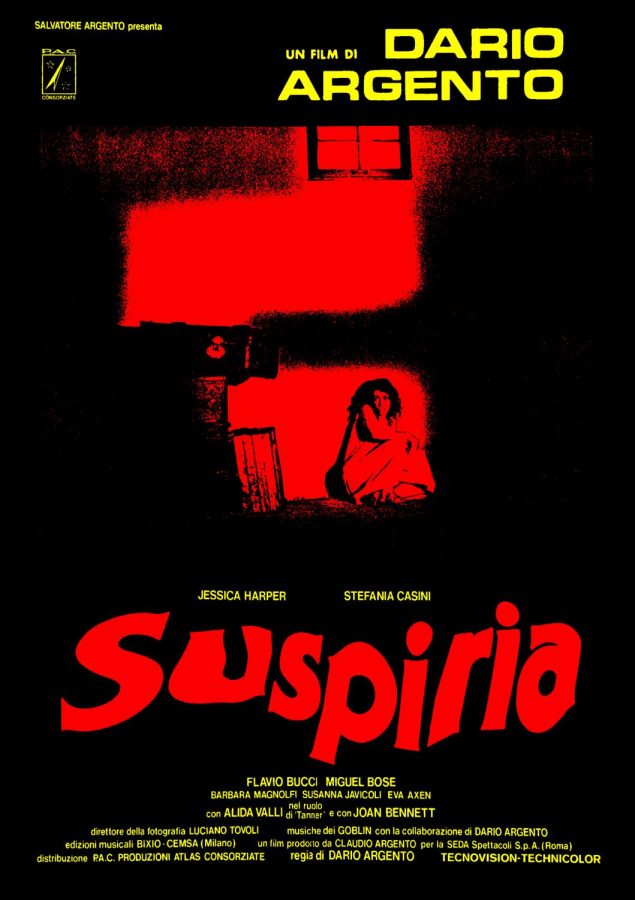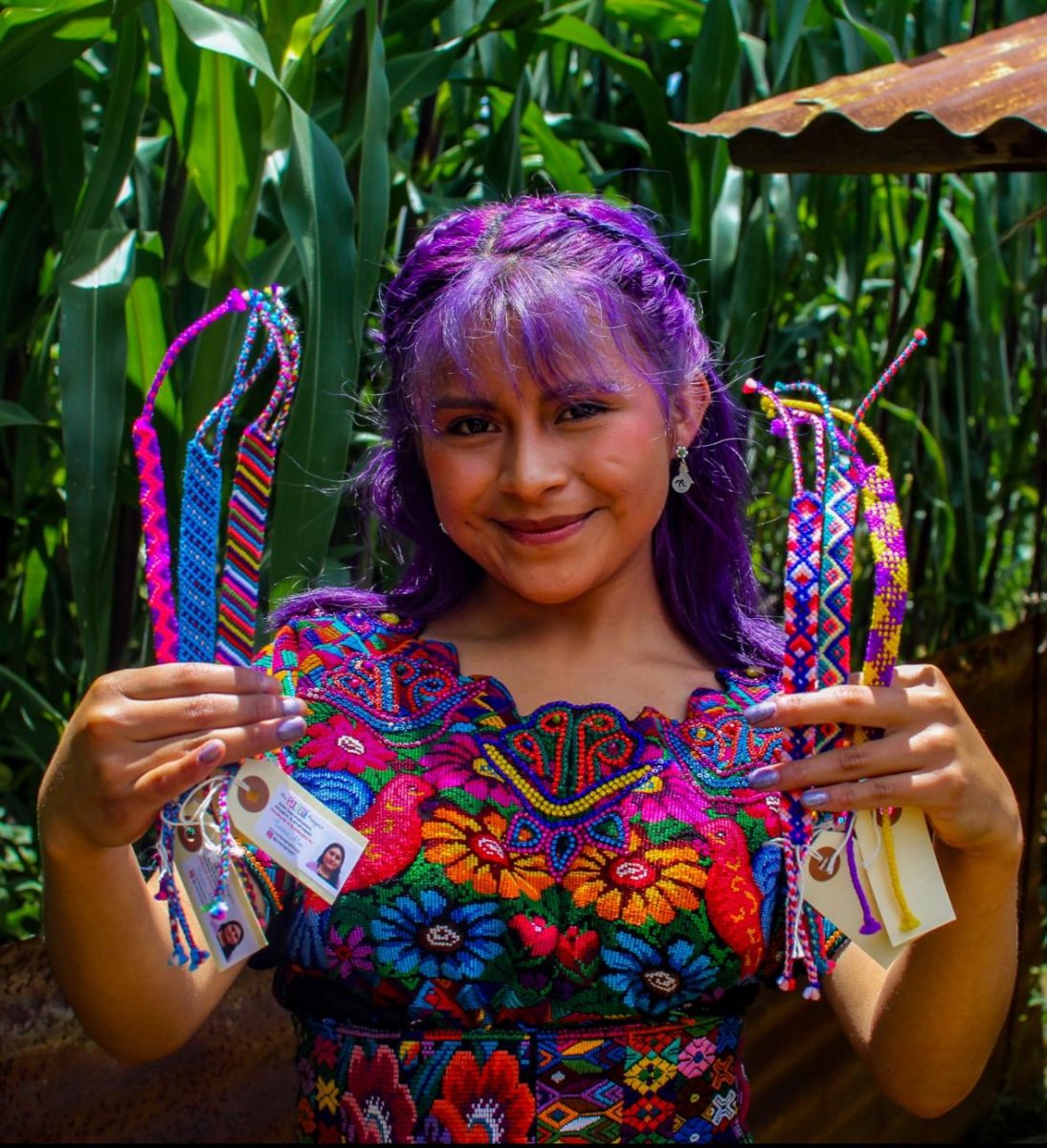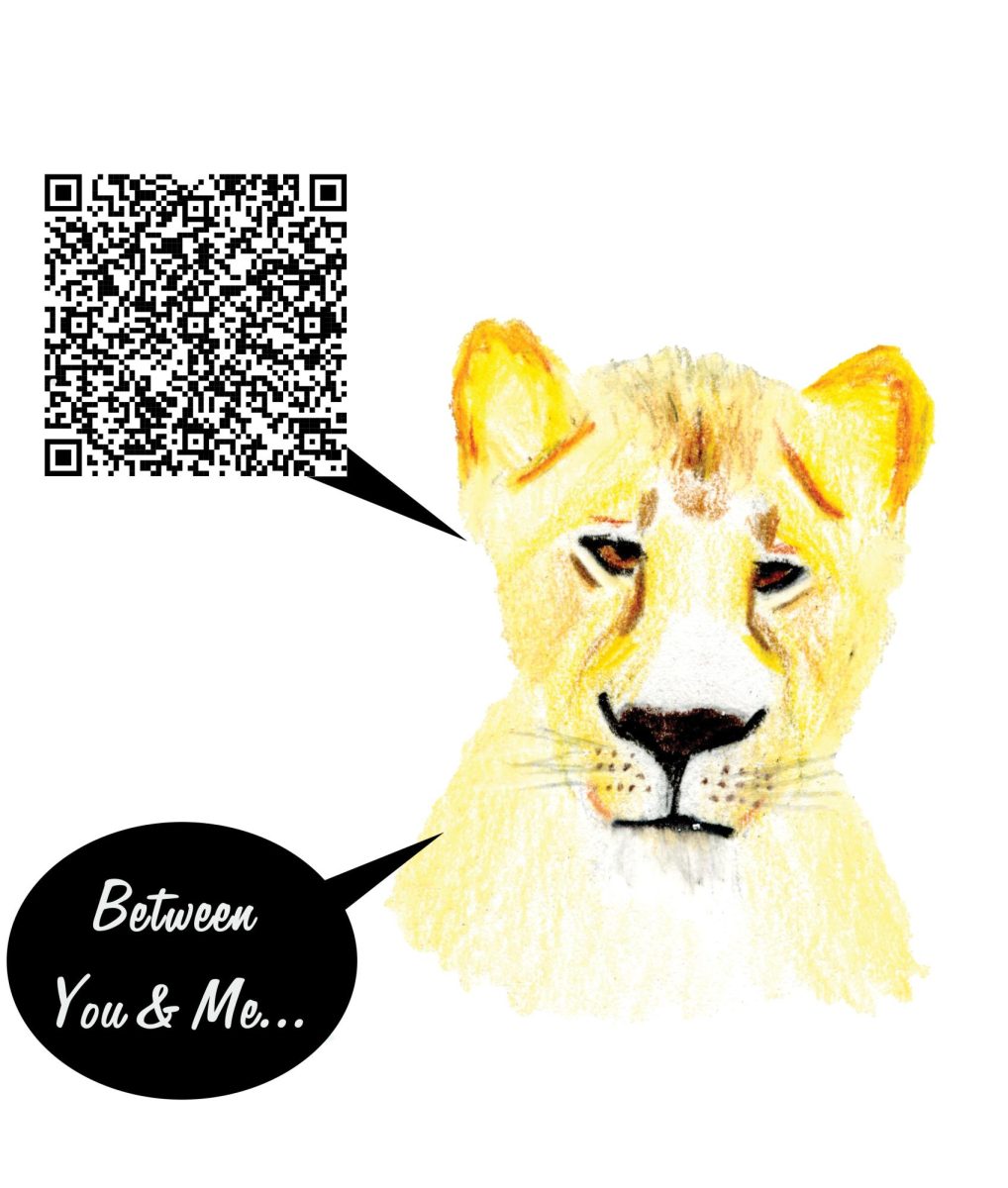Ranging from $20 to $150,000, social media has found its newest obsession: the Labubu doll. While this furry monster may appear to be another collectible gone viral, Labubu serves as a warning to halt overconsumption driven by media addiction before our planet and mental health face the long-term consequences.
A bag charm. A collectible. A social currency, Labubu has quickly become a global phenomenon. The small, plush toy with a mischievous, razor-sharp smile was inspired by the elves and forest spirits in Nordic mythology and sold by the Chinese company Pop Mart. Packaged in “blind boxes,” the nature of buyer suspense has contributed to its popularity on TikTok to find the rare versions – a possible one in 72 chance.
With the hashtag #labubu spreading like wildfire on TikTok, it’s no surprise that people feel compelled to buy. The constant desire for the new “it product” pushed by social media contributes to impulse buying in the pursuit of finding happiness through material goods. This addiction leaves consumers chasing a high to achieve the burst of dopamine when unboxing a new product rather than finding joy in relationships or experiences. Instead, consumers are left with an empty bank account and, according to the American Psychological Association, an increased risk of depression.
While consumers are busy trying to attain the media’s newest product, they forget one thing: how much is this costing me? Labubu’s typically cost $20 to $30, but when put on resale sites, they go for thousands of dollars because the chance of getting the doll at Pop Mart is like winning the Hunger Games. According to Forbes, the Labubu x Vans Old Skool Plush Doll collaboration, created back in 2023, sold on eBay this July for $10,585 – 125 times its original asking price of $85. Overall, the financial strain to stay in tune with the media isn’t worth breaking the bank, leading to the August “Grand Theft Labubu” case in California—two separate robberies that collectively stole $37,000 worth of Labubus—a warning that our overconsumption addiction has gone too far.
The most overlooked aspect of product overconsumption that people forget (what should be the most important) is how the environment is impacted. The blind box feature of the Labubu doll encourages consumers to buy more than one, resulting in increased packaging waste that is non-recyclable and ends up in landfills. Larger landfills lead to a higher generation of methane, a harmful greenhouse gas that currently contributes more to global warming than carbon dioxide. So, help the Earth because we only have one chance, not 72.
Labubu is just another discarded fad in the mountain of trash. Over the years, overconsumption has taken the form of Stanley tumblers, Dubai chocolates, and more frequent releases of Apple iPhones. School supply boxes are another example of consuming materials beyond necessity; by this point, we all have a stack of unused notebooks tucked away in the back of a closet. Stationary supplies share the same issue, with half-used Post-it notes and dry-erase markers that never make it out of the backpack. Moral of the story: commit to more sustainable purchasing and don’t be afraid not to follow the crowd.
According to Forbes, one woman started a GoFundMe – a platform that raises money online for a variety of causes ranging from personal needs, emergency relief, or medical expenses – to replace her stolen Labubu. Enough is enough. The cycle of media addiction influencing consumption must be unboxed before we run out of chances.






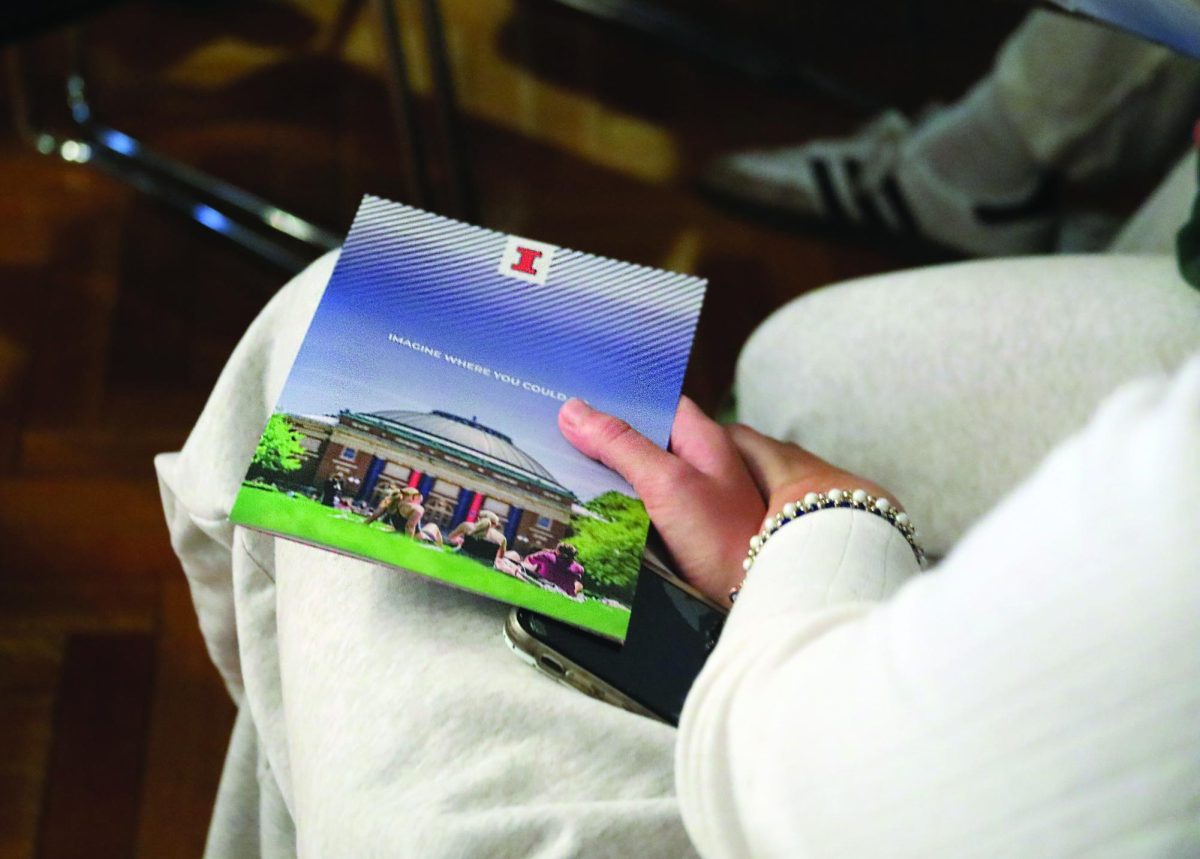



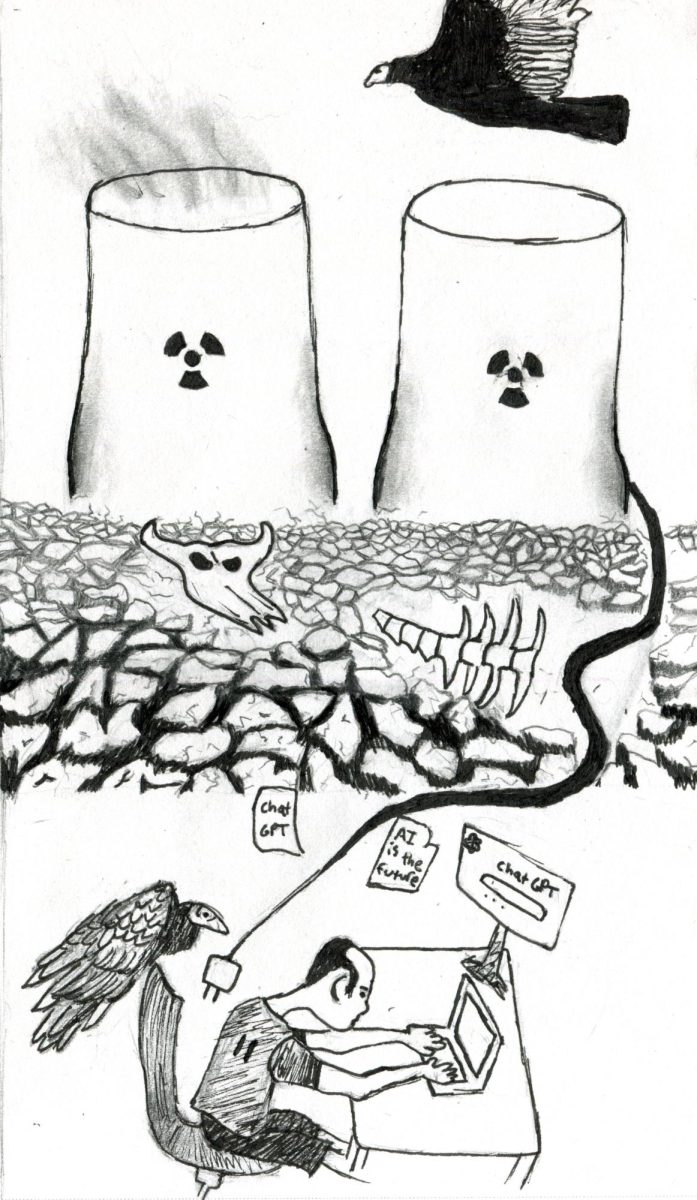
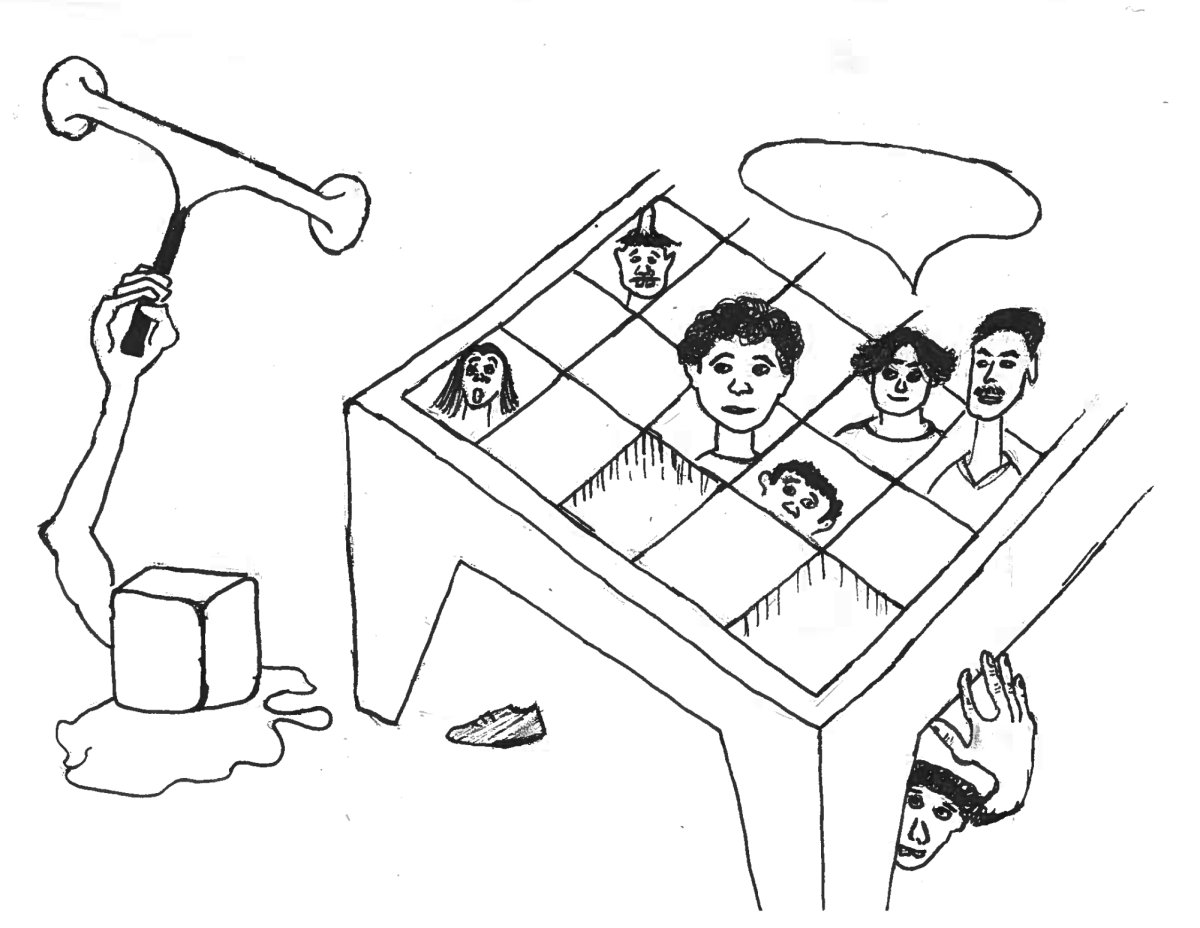











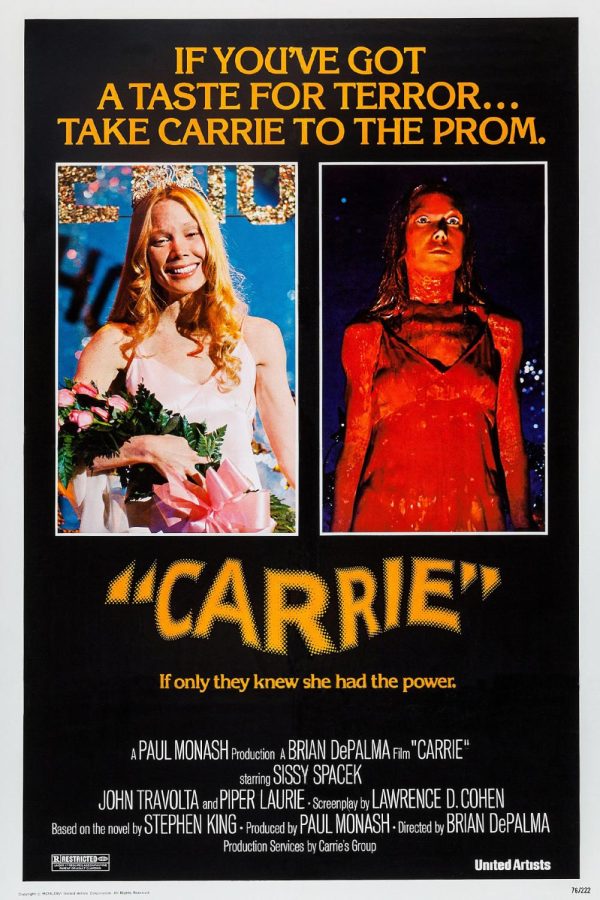

![Movie poster for '[Rec]" (2007).](https://www.lionnewspaper.com/wp-content/uploads/2023/04/rec-640x900.jpg)
